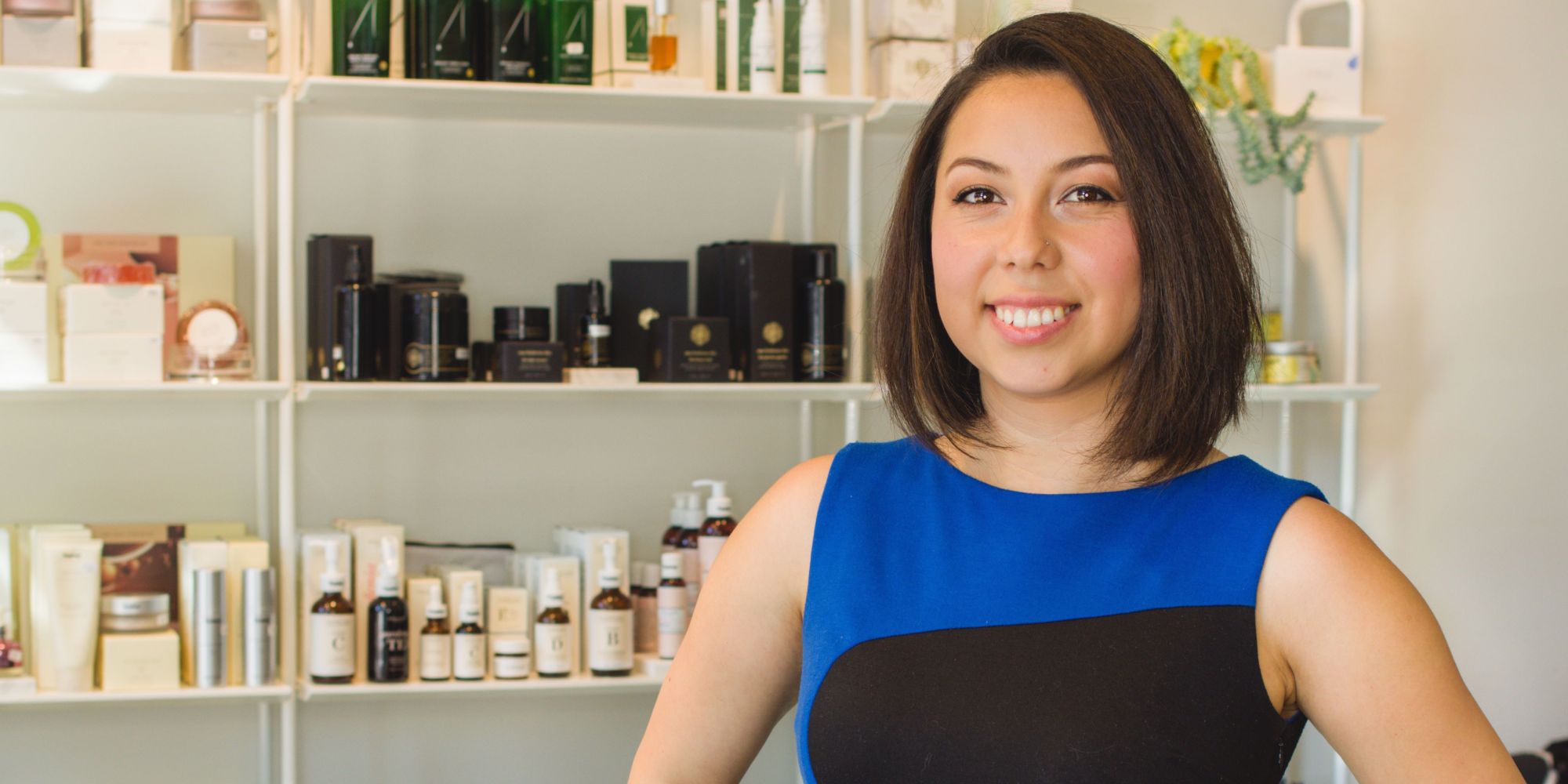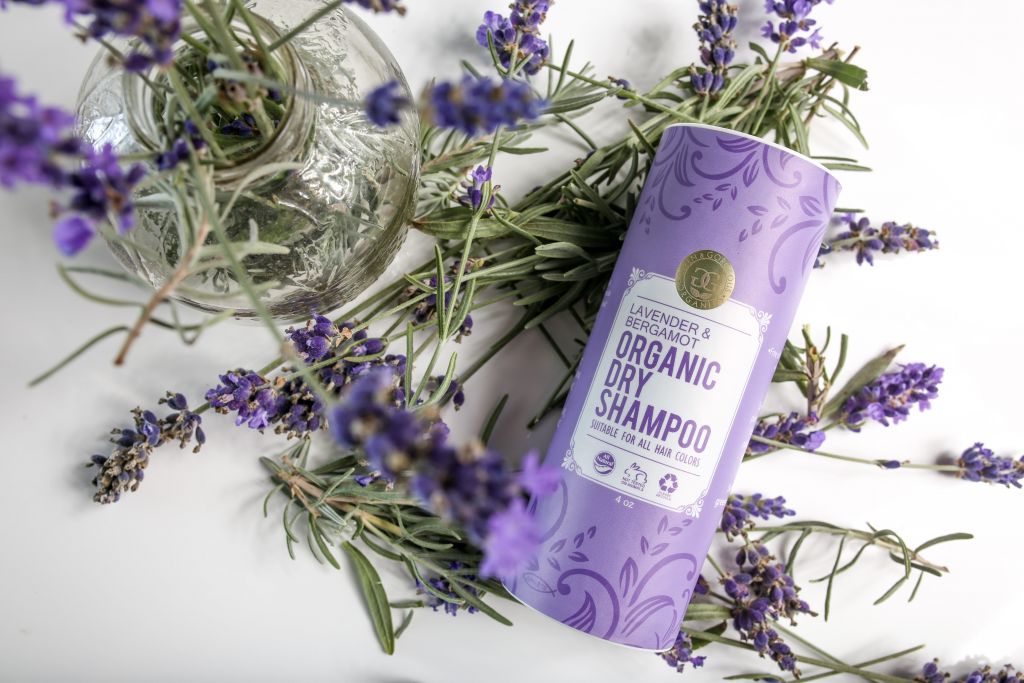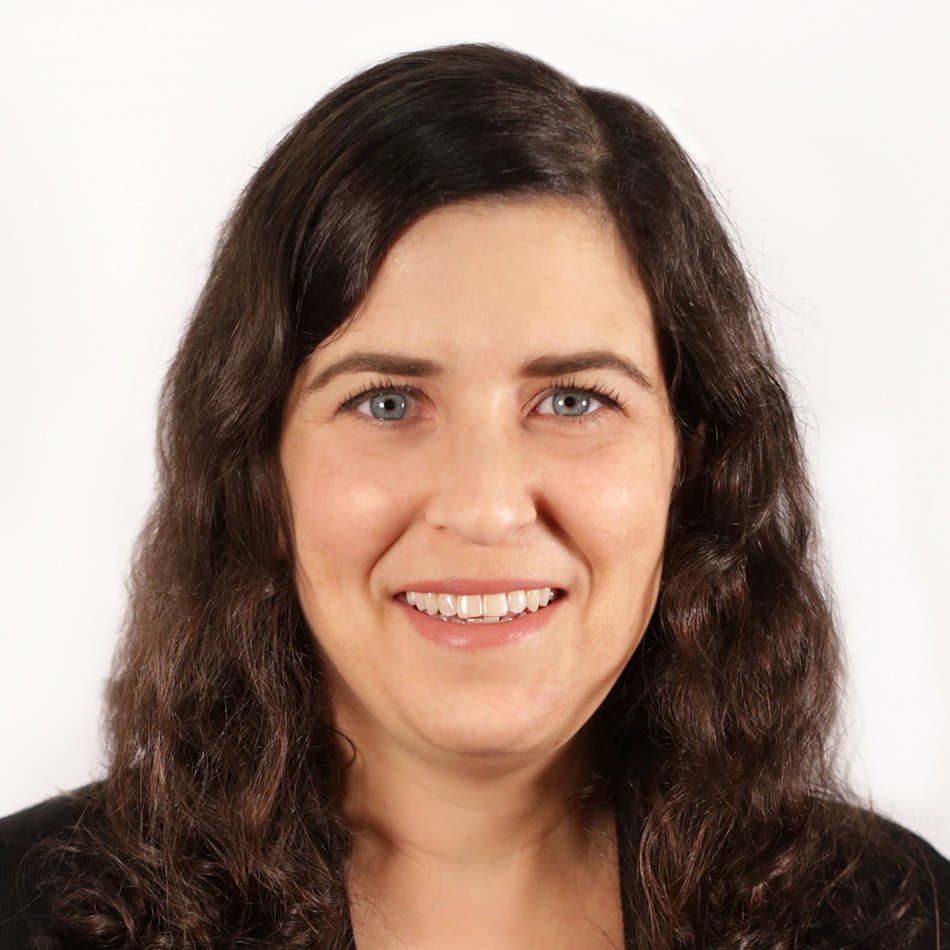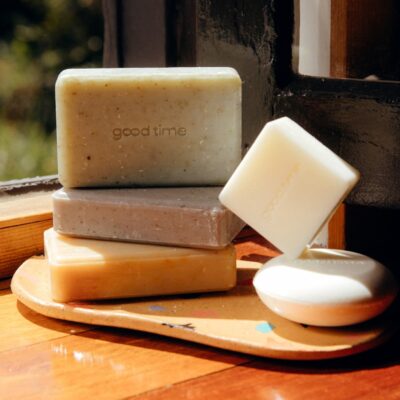
The Ins And Outs Of Retail Intermediaries With Broker Mia Bell
Retail brokers are unheralded middlemen with the critical, yet underappreciated, task of drumming up sales. Mia Bell, one such broker, argues vociferously that sales shouldn’t be considered a bad word. “People don’t particularly like to do sales, but the reality of the business is that sales dictate everything,” she says. “They fuel your potential, what you can reinvest in and how much profit you take home.” Bell gladly takes on the mission of laying the retail foundations for emerging natural beauty and personal care brands to set them up for long-term prosperity. Her current and former clients include Schmidt’s, Pour le Monde, Green & Gorgeous Organics, Lunette, Oui Shave and Beverly to 5th. If they succeed, Bell succeeds. She shares tips with Beauty Independent for securing a broker to best ensure your brand will be put on the road to healthy store sales.
WHEN YOU SHOULD HIRE A GO-BETWEEN
Don’t be in a hurry to hire retail brokers, advises Bell. She tells brand founders to connect with her after they’ve exhausted personal contacts, developed the materials—a catalog, samples and order forms, for example—essential to buttressing retail distribution, and are able to ship and invoice on a timely basis. “You have to go to retailers and show them you can be a 50/50 partner with them,” says Bell. “Typically, brands come too early to a broker when they don’t have the pieces in place to do that.”
As soon as they’ve exhausted personal contacts and have requisite materials, brand founders grasp the obstacles they’ve faced in growing retail distribution and can communicate those to a retail broker. Once they reach out to Bell, she reveals the first question asked is inevitably, “What can you get us into?” It’s not a terrible question and Bell has extensive experience with the likes of Target, CVS and Walgreens, but she emphasizes founders should focus retailers they can support rather than their dream retail destinations. Bell encourages brands to assess their capital, bandwidth and manpower. She says, “You need to work with what you have and go from there.”

PICKING AND PAYING FOR A BROKER
A relationship with a retail broker can’t be summed up in dollar signs alone. “That person has to get you, understand what your brand is about, be super excited about that brand, have ideas about how to scale, and be within your price range,” details Bell. She figures brokers typically charge a retainer of several hundred dollars monthly plus commissions of 10% to 20% on sales. Independent sales reps can be less money. Retail broker fees aren’t the only expenses that arise from teeing your brand up for a retail push. Store launches can cost a pretty penny. “We had a conversation with a retailer recently, and this retailer is on almost everyone’s wish list. They wanted over $30,000 to put a product in their system in addition to other fees per SKU. That’s just the reality of what larger retailers can ask for,” divulges Bell. “If that opportunity lands on a brand’s plate and the brand has access to that capital, they have to decide whether it’s the right play for them.” She continues, “A common misstep with young brands is they want the big guys right away, and they haven’t worked with the independent retailers where they can really get their footing.”

IMPROVING SALES INSIDE STORES
The battle for business isn’t won upon entering store doors. A good retail broker will assist in keeping sell-through strong. Bell points to product education and gratis as crucial sell-through boosts. She notes in-person, phone and video trainings are beneficial. “Get the staff to really know your product. They aren’t going to sell a product they aren’t familiar with,” says Bell. If brands can swing it, she suggests they provide two to three products per retail staff member in gratis. The most well-oiled brands send fresh testers every three to four months. Although these items might seem ancillary, Bell recommends brands budget for them. “Young brands put so much capital into their manufacturing and production that they don’t leave money for sales and marketing tools,” she says. Bell cautions brands against trying to combat poor sales by swelling product assortments. “You might have 12 SKUs and a little bit of everything, and then retailers don’t know where to put you. They won’t have space for you because you’re so big,” she says. “If you are a super specialized capsule line, that’s what the marketplace is loving right now, and it doesn’t take much shelf space to be productive.”






